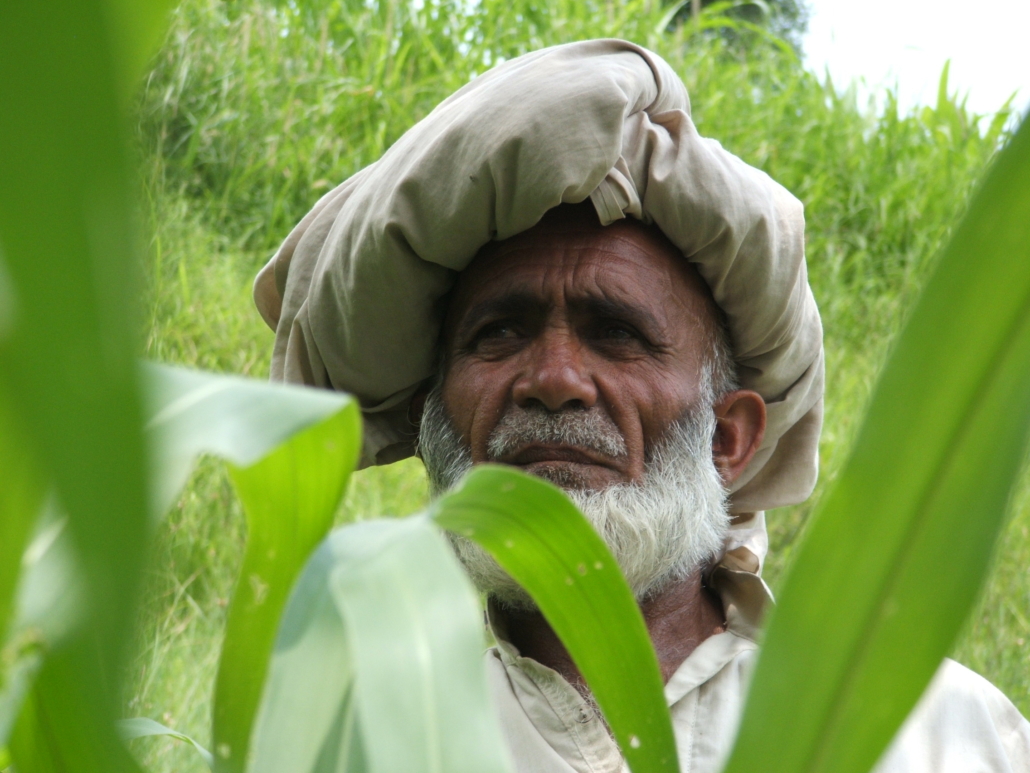
Founded during the partition of India and located in South Asia, the Islamic Republic of Pakistan has the fifth-largest population in the world, with a population of more than 220 million. Cornerstones of Pakistani culture include incredible cuisine, iconic architecture and the popular game of cricket. However, like so many nations across the globe, Pakistani citizens must confront the harsh reality of extreme poverty. Here are ten facts about poverty in Pakistan.
10 Facts About Poverty in Pakistan
- As of 2015, approximately 24% of Pakistani citizens lived below the national poverty line. This is more than twice the global percentage of people living in extreme poverty and amounts to more than 50 million people in Pakistan living in poverty.
- Nearly 4% of Pakistan lives below $1.90 a day. As a result, nearly 9 million Pakistani citizens live in extreme poverty. This puts them below the Purchasing Power Parity (PPP) outlined in the U.N.’s Sustainable Development Goals (SDGs).
- As of 2018, almost 7% of babies died before their fifth birthday. Life in poverty makes it extremely difficult to have access to proper housing, nutrition and medication.
- The adult illiteracy rate in Pakistan is around 35%. Unequal access to proper and requisite education is inseparable from the reality of poverty.
- Pakistan also faces a severe overpopulation problem. While the nation has the fifth-highest population in the world, it takes up less than a percent of this planet’s surface. Overpopulation and unequal access to education amplify problems caused by poverty.
- Pakistan has a Human Development Index (HDI) of 0.560. The nation ranks 152nd out of 189 countries and territories. In the last three decades, Pakistan’s HDI has increased by nearly 40%.
- Approximately 38% of Pakistani citizens are living in multidimensional poverty. Another 13% are vulnerable to this status. From 2004 to 2015, the multidimensional poverty rate has dropped from 55% to its current rate at 38%.
- Poverty levels in Pakistan fluctuate throughout regions. In urban areas, poverty rates are around 9%, while in rural areas poverty rates rise all the way to 55%. One can see this disparity among provinces in the Republic as well.
- About 25 million Pakistani families rely on wage workers. They have unfortunately become vulnerable due to the current COVID-19 pandemic. The Prime Minister has said that the pandemic is harder to deal with in countries facing the challenges of poverty.
- The Pakistani government hopes to receive $5 billion in financial aid. This would come from outside sources and countries, along with the $1.3 billion it has already received from the IMF.
With continued efforts, poverty in Pakistan will hopefully decrease. The Citizens Foundation is one of many nonprofits that have been working to improve the quality of life for underprivileged Pakistani citizens. In 25 years, the Citizens Foundation has created 1,652 schools, providing proper education to more than 266,000 children who would not have had it otherwise. These schools also combat gender inequality in Pakistan, as they have all-female faculty and a 50% student gender ratio.
However, there is still work that is necessary to combat poverty in Pakistan. In Pakistan, gender disparities compound the unjust realities of poverty. Poverty rates in rural areas are more than five times higher than those in urban areas. Yet, similar to global trends, the amount of people living in poverty in Pakistan has clearly been decreasing in recent years. This is in large part due to individuals and organizations dedicating themselves to the cause of ending poverty. These continued efforts will help fight and eventually end poverty in Pakistan, and in turn, will make the Republic a more just and equal country for all those who call it home.
– Ehran Hodes
Photo: Flickr


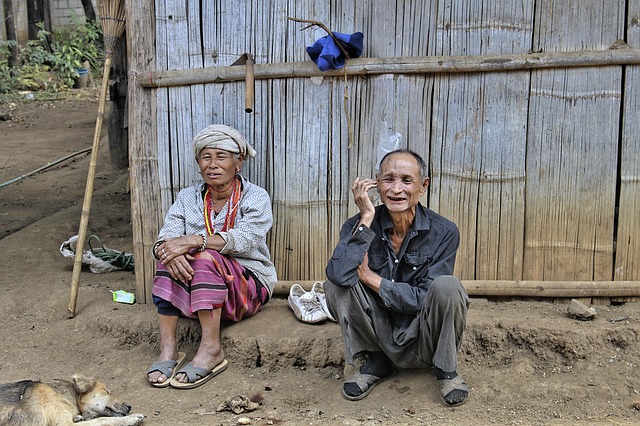
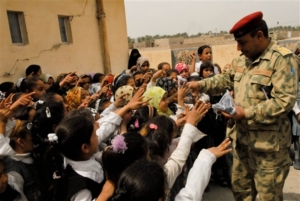
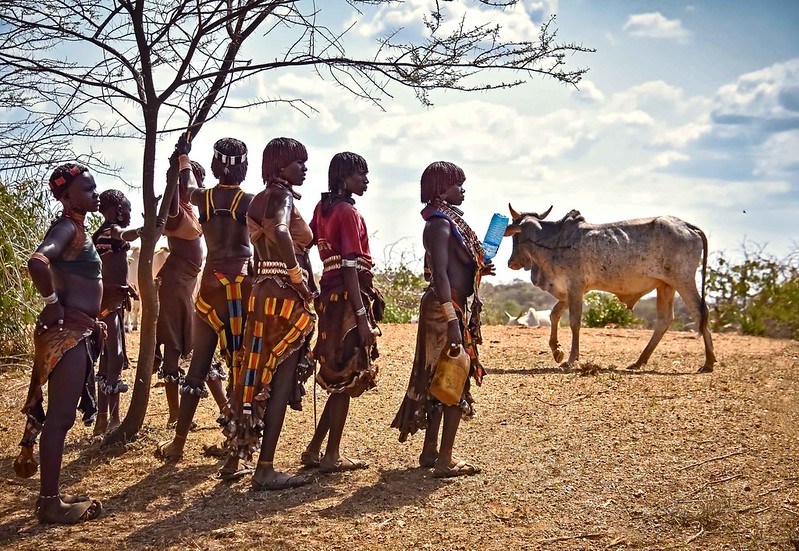
 Kiribati is one of the world’s smallest countries, located in the middle of the Pacific Ocean.
Kiribati is one of the world’s smallest countries, located in the middle of the Pacific Ocean. 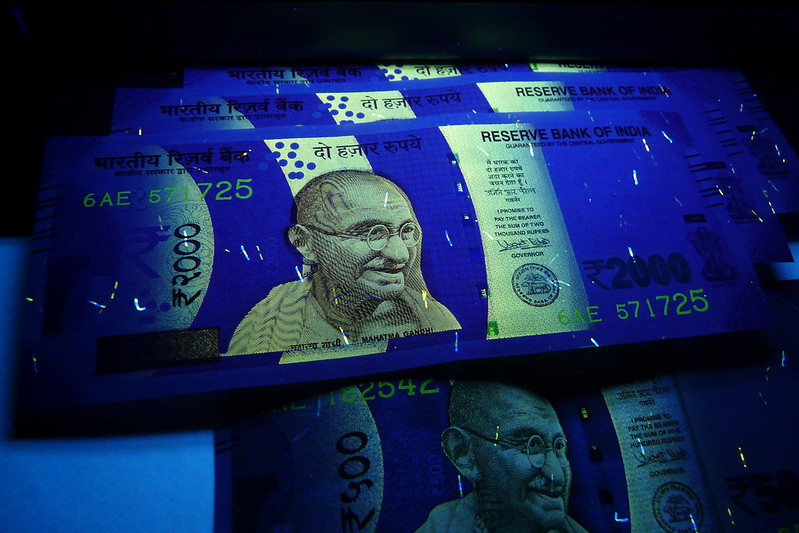
 Each decade the European Union (EU) establishes an agenda to achieve goals for growth and social well-being. For the previous decade, the EU strategy focused on “smart, sustainable
Each decade the European Union (EU) establishes an agenda to achieve goals for growth and social well-being. For the previous decade, the EU strategy focused on “smart, sustainable 
